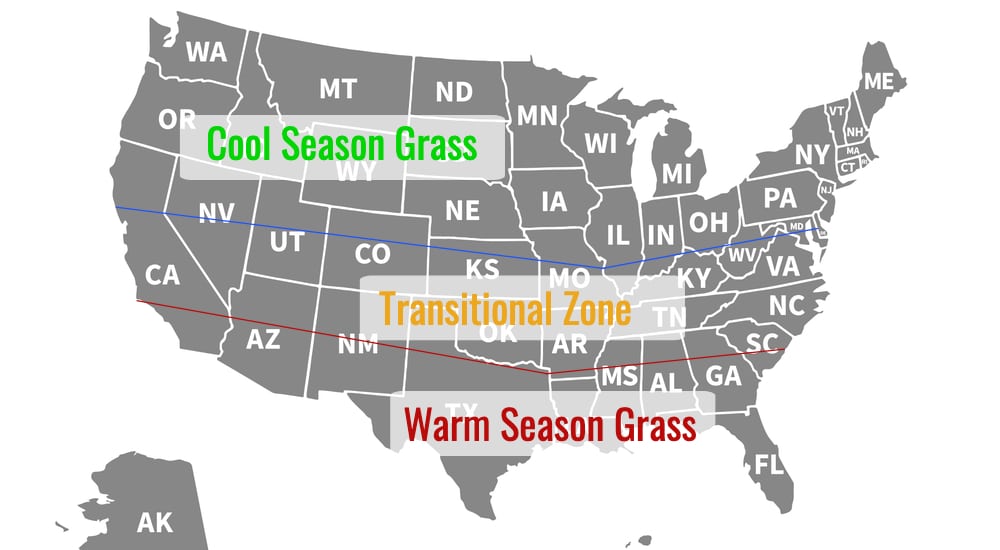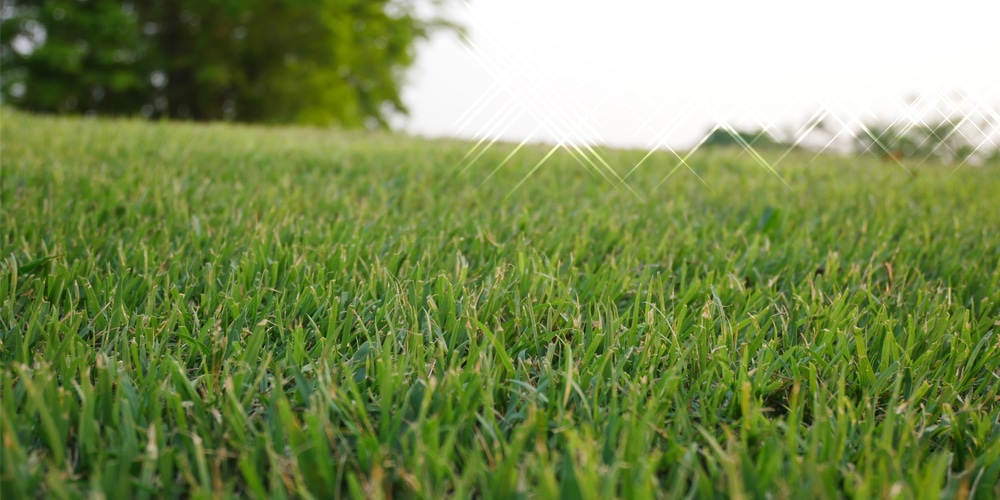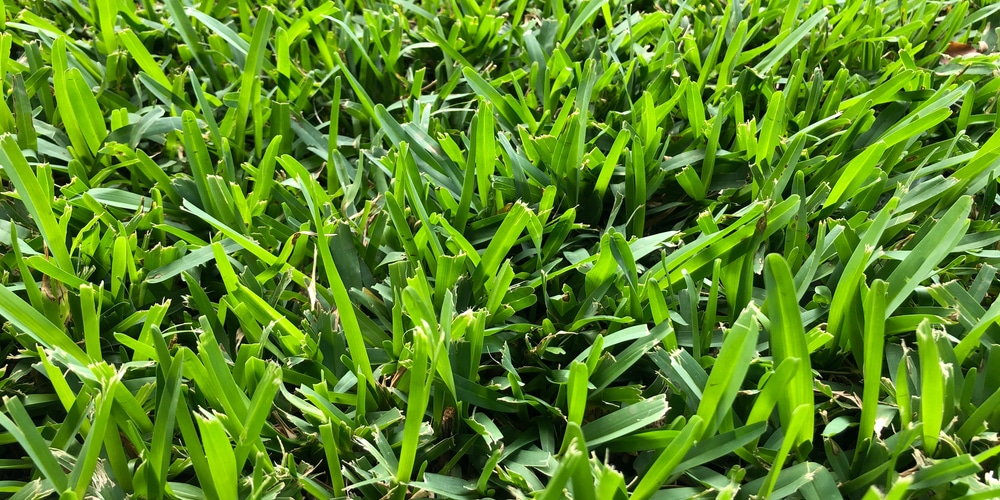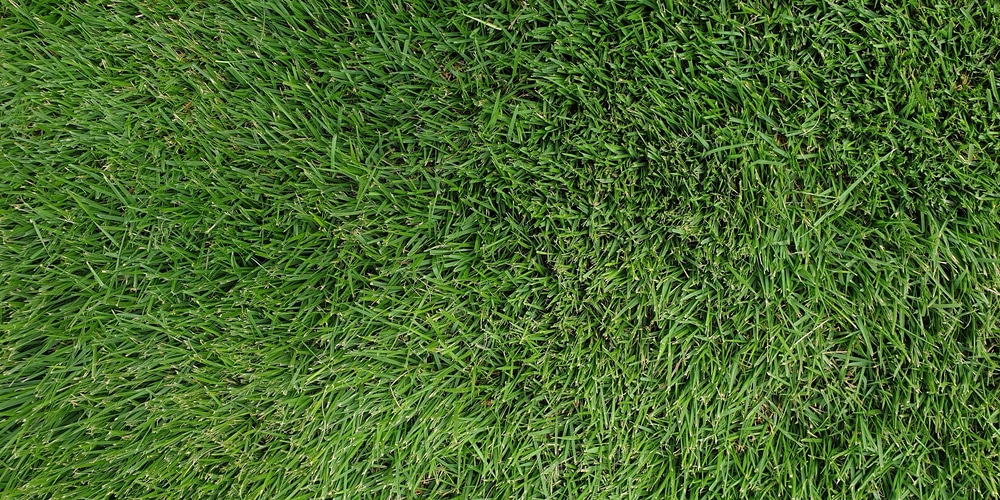The best time of year to plant grass seed in Alabama is going to depend on what temperature zone you live in, and what seed you lay down. It’s hard for grasses (even warm-season ones) to germinate and grow in the hot summer months.
There are three temperature zones for planting grass in the United States. The Alabama climate ranges from hot to pleasant year-round and has the most mild of winters. About 65% of the state is in the “warm season zone”, which is where warm-season grasses such as Bermuda, Zoysia, and St Augustine thrive.
The other zone is the transition zone. The transition zone is where the grasses from the cold and warm season area can grow. But, there are grasses that thrive best there.
When to Plant Grass in AL: What to Consider First
If you’re looking to create a beautiful green lawn, it’s essential to consider your options carefully. There are many different grass varieties, so you’ll need to choose one that’s right for the Alabama climate. Below we have listed the types of grass that do well in Alabama. It really will come down to where you are in the state, whether you’re planting in the shade or sun, and how much traffic you expect.
You should also consider whether to use grass seed or lay new sod. They both have their advantages. Seed is cheaper, but it can take a lot longer to get the results that you are looking for.
It’s crucial to plant grass at the correct time of year to avoid the extremes of temperature. You don’t want to plant grass seeds if it’s very hot or cold as your lawn will be unlikely to grow well.
Cold really affects grass seed. Lawns planted at the wrong time of year generally end up unhealthy and patchy, as the grass seedlings are battling the elements.
If you decide to plant grass seed, you’ll need to grow it at the correct time of year to ensure your lawn becomes well established and thrives. Let’s look at the best time of year to plant grass seed in Alabama.
Grasses that Thrive in Alabama
Warm-season grass varieties thrive in states that have an average temperature of are between 70 and 90 degrees (such as most of AL). These grass species are widespread in southwestern states and are used in lawns, parks, schoolyards, and sporting fields.
When the weather is very cold during the winter months, warm-season grasses become dormant and turn brown. They die back and won’t start growing again until the early spring when the weather gets better.
It’s best to plant your lawn in the spring to give the grass a chance to establish itself before the weather gets too hot. This is particularly important in Alabama, with its scorching summers. Avoid planting warm-season grasses in the winter as the seeds are unlikely to germinate if it gets too cold.
Some varieties of warm-season grass seeds will be able to lay dormant and then grow in the spring, but this isn’t the case for all seeds. To avoid wasting your money and having to replant your lawn, it’s best to wait until the spring to plant warm-season grasses.
Here are some common warm-season grasses which can be planted in the late spring and early summer.
Bermuda
The most common type of warm-season grass is Bermuda, as it’s a robust grass that looks great and has a high traffic tolerance. This variety of grass is very fast growing and is drought resistant. It’s generally grown in the southern states and requires full sun and well-drained soil. Bermuda is often used on golf courses due to it’s robust nature. It is one of the most popular grass types.
There are some Bermuda grass varieties that do well in the transition zone, such as Yukon Bermuda and Riviera Bermuda. Both of these seed types have excellent cold tolerance and are perennial in most of the transition zone.
St. Augustine Grass
St. Augustine is another popular warm-season grass that’s great for lawns in the Southern States. It’s risen in popularity in recent years as it’s very heat resistant and able to cope with the hot climate. This variety of grass is also excellent at combating weeds and other kinds of grass that attempt to grow amongst it as it’s very dense.
The downside to St Augustine grass is that it’s not as good as Bermuda grass for high-traffic areas. That’s why Bermuda is preferred on Alabama golf courses. This variety can quickly become patchy if you constantly have kids or pets running around and playing on your lawn. If that happens though, reviving St Augustine is not that hard.
Zoysia
Zoysia is a warm-season grass that can withstand colder winters than other varieties. It’s commonly grown in the southern states, as well as in some of the transition zone. This grass likes full sun or partially shaded areas and can cope with high levels of traffic. We would recommend Bermuda over Zoysia for most Alabama lawns.
Zoysia does well in the transition zone.
Conclusion
During the winter months in the transitional zone, you can seed in cool season grass to keep your yard green (start in the fall). When the summer comes, this grass will burn up. So, make sure to seed in warm season grass in the spring.
Warm-season grasses such as Bermuda can be planted in the late spring or early summer when the weather is warm but not too hot.
Avoid planting new grass seed in the dog days of an Alabama summer, as it’ll be too hot for it to germinate well. The best time of year to plant grass seed in Alabama is spring in the warm zone and spring or fall in the transitional zone.



